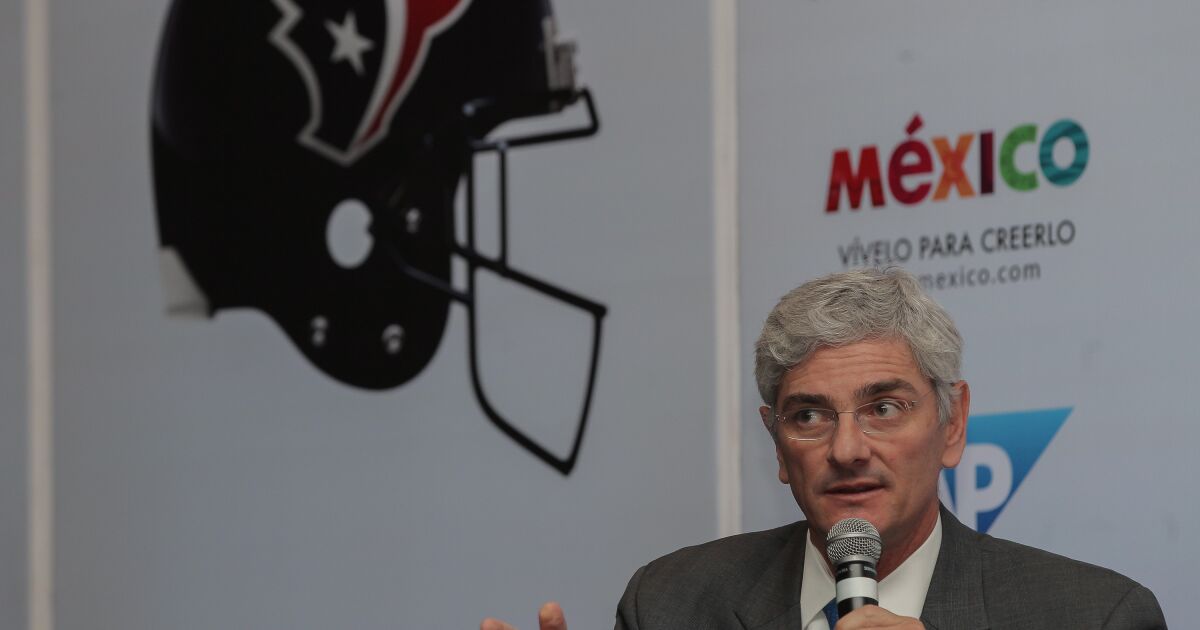They discover new practices in games and sports indigenous to Mexico

Daniel Sanchez Doram
Hermosillo (Mexico), September 11 (EFE). About 500 Indigenous athletes, participating in 125 disciplines, starred and animate the 2022 National Meeting of Traditional Indigenous Games and Sports this weekend in Hermosillo, Sonora State, in northwestern Mexico.
“Organizers and athletes have discovered new traditional skills practiced by indigenous peoples in northwestern Mexico,” Ana Claudia Colado Garcia, president of the Mexican Federation of Traditional Games and Sports (Fmjdat) revealed at the exhibition.
“One of the goals of the meeting was to include Sonora, because we want to provoke the (local) communities, who told us they didn’t know there were toys being taken back in the original towns,” Collado declared. Garcia.
In Hermosillo “they taught us sugarcane, an activity done by the Comca’ac nation (the Seri tribe), as well as ‘amoi’, a game on the moon, in which a researcher from the National School of Anthropology took part, “and they are developing a very special study.”
The meeting was attended by delegates from the states of Tabasco, Campeche, Chiapas, Chihuahua, Mexico City, Colima, Guerrero, Michoacán, Nuevo Leon, Oaxaca, Puebla, Queretaro, Tlaxcala, Veracruz and Sonora.
The Federation noted that one of the most important aspects of this meeting of indigenous traditional games and sports was to investigate the relationship of these activities to the worldview and cosmogony of indigenous peoples.
“Many of these activities have a long history, are more than 3,000 years old, and are related to the indigenous peoples’ world view,” he explained.
He explained that in the case of mental skill games, it is related to worldview, but also to how our ancestors calculated human pregnancy, planting periods, harvest times, their solar calendars and divination. Collado added.
In presentations and exhibitions of pre-Hispanic games, the Uárhukua (Purépecha Ball Game) stood out, while in traditional competitions of mental prowess, they competed in the Témbini iumu, which means 15 (tembini = 10, iumu = 5) and has a cosmic meaning in Purépecha culture.
“We have four lines, and this represents the four stages of life, the fourth directions in the universe, as well as the four seasons of the year, that is, the painting is life, each number has a symbolism and each toothpick has a representation of the kings of the puripesha culture,” explained Omar Alonzo de la Cruz Vice President of Indigenous Games in Michoacan.
In the historic center of Hermosillo, original cultural prints were presented, such as the deer dance, the Tecuani representation of the inhabitants of the state of Guerrero, as well as the ancient artistic wealth, the so-called P’asarhutakua Ch’ Anaqua (ball game on) Michoacan.
a group of 14 people from indigenous communities such as Tiríndaro (Zacapu municipality); Zacán (Los Reyes) and Angahuan (Uruapan), as well as Lázaro Cárdenas and Morelia, have provided examples of this traditional game dating back over 3,500 years. EFE
dsd / jmrg / jpd
(photo) (video)
EFE 2022. Redistribution and redistribution of all or part of the contents of the EFE Services, without the prior and express consent of Agencia EFE SA, is expressly prohibited.

“Reader. Beer practitioner. Web expert. Subtly charming travel geek. Friendly music specialist.”











